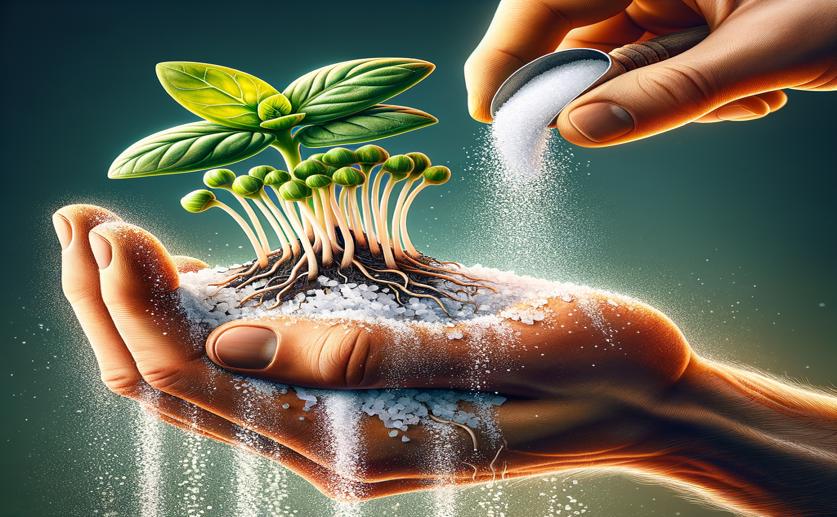
Boosting Seed Growth with Salt Defense Tricks
Greg Howard
9th March, 2024

Image Source: Natural Science News, 2024
Key Findings
- Study from the University of Calcutta shows seed priming can boost plant salt tolerance
- Plants use two strategies: keeping sodium out of leaves or safely storing it in tissues
- Different priming agents target these strategies to improve plants' salt management
AgricultureBiochemPlant Science
References
Main Study
1) Moving forward to understand the alteration of physiological mechanism by seed priming with different halo-agents under salt stress.
Published 8th March, 2024
https://doi.org/10.1007/s11103-024-01425-0
Related Studies
2) Seed priming with NaCl helps to improve tissue tolerance, potassium retention ability of plants, and protects the photosynthetic ability in two different legumes, chickpea and lentil, under salt stress.
3) Seed priming can enhance and retain stress tolerance in ensuing generations by inducing epigenetic changes and trans-generational memory.
4) Molecular dynamics of seed priming at the crossroads between basic and applied research.
5) Seed Halopriming Improves Salinity Tolerance of Some Rice Cultivars During Seedling Stage.



 3rd March, 2024 | Jenn Hoskins
3rd March, 2024 | Jenn Hoskins